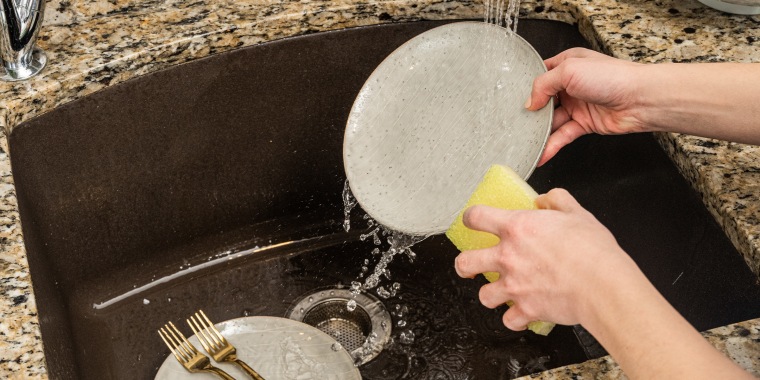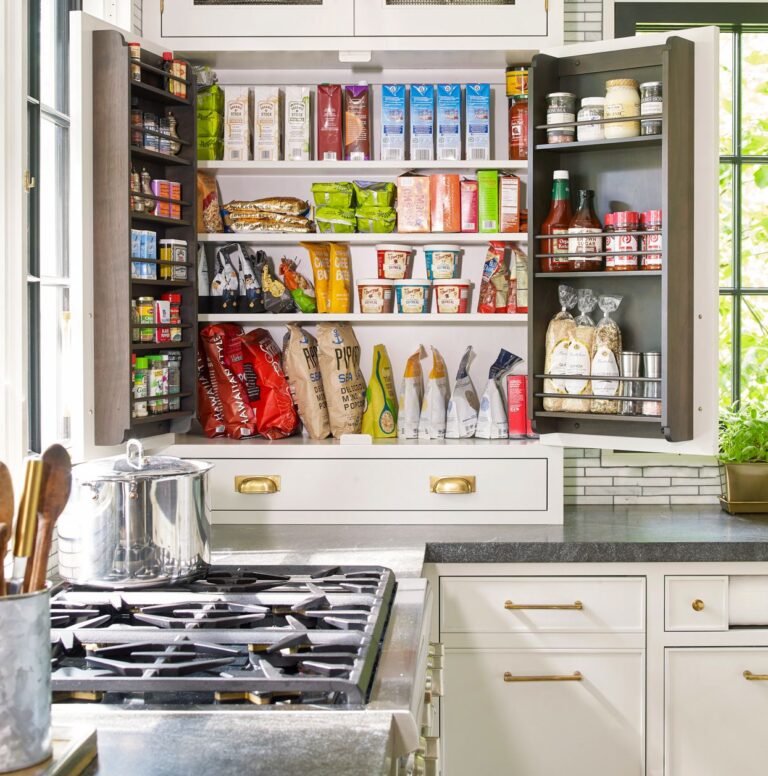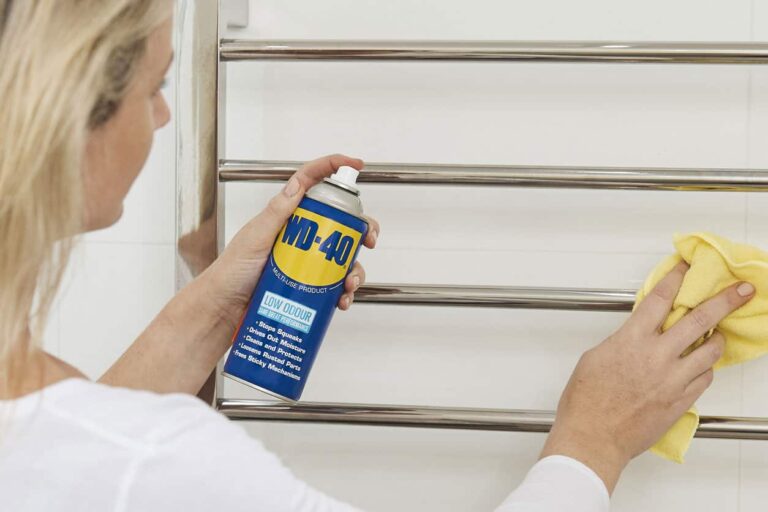How Do You Clean A Monitor Without Damaging It?
When it comes to cleaning a computer monitor or any other type of display, it is important to take extra care to avoid damaging the device. Monitors are sensitive components and can easily be damaged from harsh chemicals or abrasive cleaners. Properly cleaning a monitor is a simple process that can be done with the appropriate materials. This article will provide step-by-step instructions on how to clean a monitor without damaging it.
Identifying the Type of Monitor
Cleaning a monitor is not as simple as it sounds, especially when it comes to avoiding any potential damage, so it is important to make sure you know what type of monitor you have before you begin. LCD monitors are typically more delicate and require a gentler cleaning approach than CRT monitors. LCD monitors are generally much thinner and flatter than CRT monitors, and their screens use liquid crystals instead of a vacuum tube. If you have an LCD monitor, you should avoid using any harsh cleaning chemicals and instead opt for a microfiber cloth and a mild detergent. On the other hand, CRT monitors are generally bulkier and their screens use vacuum tubes, so they are usually less prone to damage during the cleaning process. In this case, it is safe to use a combination of a microfiber cloth and a mild isopropyl alcohol solution. No matter what type of monitor you have, it is important to avoid using any abrasive materials like paper towels or steel wool, as these can cause scratches.
Preparing the Work Space
Having a clean work space is essential when attempting to clean a monitor without damaging it. Before you start, make sure the surface you are working on is completely flat. This will ensure that nothing slips and falls onto the monitor while you’re cleaning it. Also, it’s important to choose a well-lit area for maximum visibility. Using a magnifying glass can help you get into those hard-to-reach spots. Additionally, make sure that all electrical outlets and cords are unplugged before you begin. This will prevent a nasty shock while you’re cleaning. Finally, lay out all the cleaning materials you’ll need on the workspace. Having everything close by will make the process of cleaning your monitor much easier.
Gathering the Cleaning Supplies
Before cleaning your monitor, it’s important to make sure you have the right supplies on hand. You’ll need a lint-free cloth, either a microfiber or a soft cloth. Avoid using paper towels, which are too abrasive and can damage the screen. You also want to avoid any cleaning products or solvents that contain ammonia or alcohol, as these can also damage the monitor. Instead, use a solution of warm water and a mild detergent. If you don’t have any mild detergent, you can also use a small amount of diluted white vinegar. Make sure that your cleaning solution is free of any dirt or debris and never spray the solution directly onto the monitor. Instead, spray the solution onto your cloth and gently apply it to the screen.
Removing Dust and Debris
Monitor screens get dusty and dirty easily and it can be difficult to keep them clean. Fortunately, it is possible to clean a monitor without damaging it if you follow the right steps. It is important to use the proper cleaning tools and products to avoid scratching or damaging the monitor.
To begin, start by removing any dust and debris from the surface of the monitor. Use a microfiber cloth or a lint-free cloth to gently wipe the screen. Be sure to move the cloth in a circular motion to ensure that all dust and dirt are removed. You may also want to use a vacuum with a brush attachment to remove any deep-seated dust particles.
If the surface of the monitor is still not clean, you can use a gentle cleaning solution. Avoid using paper towels or other abrasive materials as they could scratch the screen. When cleaning the monitor, be sure to spray the solution on the cloth and not directly on the monitor. This will help to avoid any damage to the monitor. Finally, be sure to dry the screen with a lint-free cloth before turning the monitor back on.
Cleaning the Screen
of Your Computer Monitor
When it comes to cleaning your computer monitor, it’s important to do it properly to ensure you don’t damage the screen. Depending on the type of monitor you have, you should take different steps to ensure you’re cleaning it properly. Here’s a quick guide on how to clean your monitor without damaging it.
Start by unplugging your monitor from the wall or any other power source. Then, use a microfiber or lint-free cloth to gently wipe away any dust or dirt on the surface of the monitor. For particularly stubborn dirt, use a small amount of isopropyl alcohol on the cloth to remove it.
When cleaning the bezel of your monitor, use a soft brush or a cloth with a bit of water to prevent scratching the surface. Make sure to avoid getting water into any of the ports or connections. Any excess liquid should be wiped away with a dry cloth.
For LCD monitors, use a special LCD cleaning solution, which can be purchased at most electronics stores, and gently wipe the screen. Do not spray the solution directly onto the monitor. Instead, use it on the cloth and then gently wipe the screen.
If you’re not sure what type of monitor you have, check your user manual for specific instructions on how to clean it properly. Following these steps will ensure that you clean your monitor without damaging it.
Disinfecting the Screen
of a Computer Monitor
Cleaning a computer monitor can be tricky. You want to make sure you don’t damage the screen, but you also need to know how to properly disinfect it. There are several ways to clean a monitor safely, but it is important to understand the different types of monitors and the proper cleaning techniques for each. To start, LCD and LED monitors require different cleaning methods. LCD monitors require a special cleaner that won’t damage the screen, while LED monitors can be wiped down with a soft, damp cloth. Additionally, you should never spray a cleaner directly onto the screen; instead, spray onto the cloth and then wipe the surface. To further protect the monitor, use a static-resistant cleaning cloth and a glass cleaner designed for LCD monitors. If you are unsure, refer to the manufacturer’s instructions. Finally, avoid rough surfaces, like paper towels, and harsh chemicals like ammonia. With these tips in mind, you’ll be able to clean your monitor safely and effectively.
Replacing the Monitor’s Cover
When it comes to cleaning a monitor, the most important thing to keep in mind is to use the right tools and methods so that you don’t damage it. The monitor cover is one of the parts that require special attention. It’s a good practice to remove the monitor cover before cleaning it as this will reduce the risk of damaging the display or the electronic components.
To clean the monitor cover, firstly, use a damp cloth and some mild detergent to wipe away dust and dirt. After wiping down the cover, dry it completely with a clean cloth. You may also use a vacuum cleaner for deep cleaning. To prevent scratches, avoid using any abrasive materials or solvents.
When you put the cover back, make sure it is securely attached. To ensure that the cover is properly sealed and secure, you may opt for special sealing tape. This will prevent dust and water from entering the monitor and causing damage. Finally, check the cover regularly for any signs of wear and tear, and replace it if necessary.
Reassembling and Testing the Monitor
Once the monitor has been cleaned, it is important to reassemble it in the correct way and test it to make sure there is no damage. First, begin by reattaching the monitor’s power cord and any other cables that were detached before cleaning. Turn the monitor on and check the display for any abnormalities. If there are any, it is best to err on the side of caution and have the monitor serviced. If everything appears normal, the monitor is now ready to be used. It is important to note that some monitors may require a warm-up period before the display is back to normal.
It is also a good idea to check the monitor’s settings. Many monitors will need to be calibrated after being disassembled and cleaned. Make sure all the settings are accurate and in good condition. If the settings have been changed, be sure to save them before turning the monitor back off. Last but not least, look for any manufacturer warnings about not cleaning certain parts of the monitor. This can help prevent any potential damage.
FAQs About the How Do You Clean A Monitor Without Damaging It?
1. What is the best way to clean a monitor without damaging it?
A: The best way to clean a monitor without damaging it is to use a soft, lint-free cloth slightly dampened with water or a mild detergent solution.
2. How often should I clean my monitor?
A: You should clean your monitor at least once a month since dust and dirt can accumulate over time.
3. Is it safe to use a vacuum cleaner to clean my monitor?
A: No, it is not safe to use a vacuum cleaner to clean your monitor. Vacuum cleaners create static electricity which can damage the delicate components of the monitor.
Conclusion
It is important to clean your monitor regularly in order to keep it in good condition. The best way to clean a monitor without damaging it is by using a microfiber cloth and a cleaning solution specifically designed for LCD screens. Make sure to follow the manufacturer’s instructions and avoid rubbing too hard or using harsh chemicals on the screen. With the right cleaning materials and techniques, you can keep your monitor clean and safe from damage.






